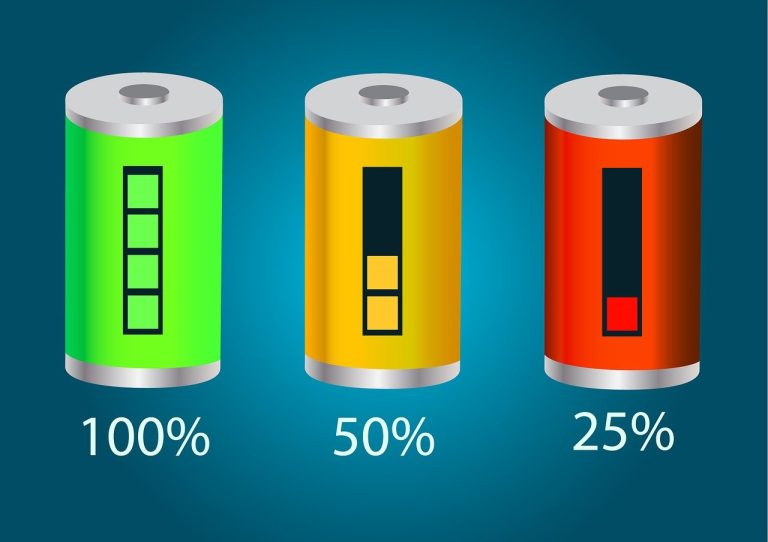How Many Watts Should A Good Electric Bike Have?
Imagine cruising through the city streets on your very own electric bike, effortlessly gliding past traffic and feeling the wind in your hair. But before you can embark on this exciting journey, one question lingers in your mind: how many watts should a good electric bike have? In this article, we will explore the answer and unravel the mysteries of electric bike power, helping you make an informed decision and find the perfect ride for your needs.
Factors to Consider
Weight of the Rider
When choosing an electric bike, one important factor to consider is your weight as the rider. The weight of the rider can affect the performance and efficiency of the bike. A lighter rider may not require as many watts as a heavier rider, as the motor will not need to work as hard to propel the bike forward. On the other hand, a heavier rider may need a more powerful motor to ensure smooth and efficient rides.
Terrain Type
The type of terrain you plan to ride on is another crucial factor to consider when determining the wattage of your electric bike. If you plan to ride mainly on flat surfaces or paved roads, you may not require as many watts as someone who will be tackling hilly or off-road terrains. Steeper inclines and rough terrains require more power to overcome, so it’s essential to choose a wattage that matches the terrain you will frequently encounter.
Riding Speed
Your preferred riding speed is another consideration when deciding the wattage of your electric bike. If you enjoy cruising at moderate speeds, a lower wattage motor may be sufficient. However, if you prefer higher speeds or need to commute quickly in a city setting, a more powerful motor with higher wattage will be necessary to provide the necessary torque and acceleration.
Battery Capacity and Range
The battery capacity and range of an electric bike play a significant role in determining the wattage required. Bikes with larger battery capacities tend to have higher wattage motors to ensure that they can cover more extended distances without running out of power. If you plan to ride long distances or require extended battery life, it’s advisable to choose an electric bike with a higher wattage motor to support your needs.
Motor Efficiency
Motor efficiency is an essential aspect to consider when determining the wattage of your electric bike. A higher wattage motor does not always equate to better efficiency, as it may consume more power and drain the battery faster. It’s crucial to choose a motor that balances power and efficiency to maximize the performance and range of your electric bike. Look for motors that are specifically designed to optimize power output while minimizing energy consumption.
Types of Electric Bike Motors
Hub Motors
Hub motors are the most common type of electric bike motors. They are typically located within the wheel hub and provide direct propulsion. Hub motors are known for their simplicity, low maintenance, and silent operation. They offer a smooth and consistent riding experience, making them ideal for casual riders and commuters. However, hub motors may lack the torque and power needed for more demanding terrains or riders who prefer higher speeds.
Mid-Drive Motors
Mid-drive motors are positioned near the bike’s bottom bracket, which is the central area where the pedals and crankset are located. This type of motor transfers power directly to the drivetrain, allowing for better torque and efficiency. Mid-drive motors are highly versatile and well-suited for various terrain types and riding styles. They provide a more natural riding experience, as the motor power is delivered directly to the pedals. Mid-drive motors are generally more expensive but offer superior performance and hill-climbing capabilities.
Direct Drive Motors
Direct drive motors are often found in high-end electric bikes. They are more complex than hub motors and offer excellent power and torque. Direct drive motors use electromagnetic force to propel the bike forward, providing a smooth and powerful ride. These motors are highly efficient but can be heavier and less suitable for riders who prioritize lightweight and agile bikes. Direct drive motors are commonly used in e-bikes designed for off-road adventures or high-speed rides.

Legal Limitations
E-bike Classification
E-bikes are classified based on their capabilities and legal restrictions in different regions. It’s essential to understand the classification of electric bikes in your area as it determines the legal requirements and limitations for your bike. Different classifications may have specific wattage limits that you need to adhere to. Always check the local regulations and ensure that your electric bike falls within the appropriate classification.
Speed Limit
Many countries and states impose speed limits on electric bikes. These limits restrict the top speed that an electric bike can reach without pedaling. The speed limit varies depending on the classification of the electric bike, with some allowing speeds of up to 20 mph (32 km/h) while others may limit it to 28 mph (45 km/h) or higher. It’s crucial to be aware of the speed limits in your area and choose a motor wattage that complies with the local regulations.
Power Limit
Electric bikes are often subject to power limitations, which are typically measured in watts. Different regions may enforce specific power limits on electric bikes to ensure safety and compliance with road regulations. These power limits can vary significantly, ranging from 250 watts to over 1000 watts. It’s crucial to familiarize yourself with the power restrictions in your area and choose an electric bike motor within the allowed wattage range.
Recommended Wattage Range
Up to 250 Watts
Electric bikes with motors up to 250 watts are generally classified as pedal-assist or low-speed electric bikes. These bikes provide minimal assistance and are suitable for riders who want a little boost while pedaling. They are typically lightweight and have limited power, making them ideal for leisurely rides or urban commuting on mostly flat surfaces. If you live in a region with strict power limitations, a 250-watt electric bike may be an excellent choice.
250 – 500 Watts
Electric bikes with motors ranging from 250 to 500 watts offer increased power and versatility. They are suitable for riders who want a balance between performance and efficiency. Bikes within this wattage range can handle moderate inclines and off-road terrains with ease. They provide a more substantial boost during pedaling and are suitable for both commuting and recreational purposes. This wattage range is a popular choice for riders who require a versatile electric bike for various terrains and riding styles.
500 – 750 Watts
Electric bikes with motors ranging from 500 to 750 watts offer even more power and capability. These bikes are suitable for riders who frequently encounter hilly terrains or require higher speeds. They can handle steeper inclines with ease and provide a significant boost during pedaling. Bikes within this wattage range are often preferred by commuters who need to navigate challenging routes or riders who enjoy off-road adventures. However, it’s important to ensure that your local regulations permit this wattage before selecting an electric bike within this range.
750 – 1000 Watts
Electric bikes with motors ranging from 750 to 1000 watts are considered high-performance electric bikes. These bikes offer exceptional power and torque, making them suitable for riders who prioritize speed and acceleration. They are capable of tackling steep inclines, rough terrains, and demanding off-road trails. Electric bikes within this range are often chosen by experienced riders and enthusiasts who seek an adrenaline-filled riding experience. However, be aware that some regions may have strict limitations or require special licensing for electric bikes in this wattage range.
Above 1000 Watts
Electric bikes with motors above 1000 watts are extremely powerful and typically reserved for specialized applications or extreme off-road use. These bikes provide immense power and torque, allowing riders to conquer the most challenging terrains and reach high speeds effortlessly. However, it’s essential to note that this wattage range may have significant legal restrictions in many areas or may require special licensing. Riders should exercise caution and ensure they are compliant with local regulations before choosing an electric bike with a motor above 1000 watts.

Additional Considerations
Cost
The cost of an electric bike is an important consideration when making a purchasing decision. Higher wattage motors, along with advanced features and components, often come at a higher price point. It’s essential to determine your budget and compare it with your desired wattage range, taking into account factors such as motor type, battery capacity, and overall quality. While it can be tempting to go for the most powerful motor, consider finding the balance between your budget and the performance level you require.
Maintenance
Electric bikes, like any other mechanical device, require regular maintenance to ensure optimal performance and longevity. Higher wattage motors may require more frequent maintenance, such as checking and adjusting the motor’s alignment, lubricating the moving parts, and inspecting the electrical connections. It’s important to factor in the maintenance requirements when selecting the wattage of your electric bike. If you prefer a low-maintenance option, consider choosing a motor with a wattage that aligns with your maintenance capabilities or opt for a motor type known for its durability and minimal maintenance needs.
Personal Preference
Ultimately, your personal preference should play a significant role in determining the wattage of your electric bike. Consider your riding style, the terrain you will encounter, your desired speed and acceleration, and any specific needs or preferences you may have. Test ride different electric bikes with varying wattages to get a feel for the power and performance that suits you best. By considering your personal preferences, you can ensure that you invest in an electric bike that will provide you with an enjoyable and satisfying riding experience.







